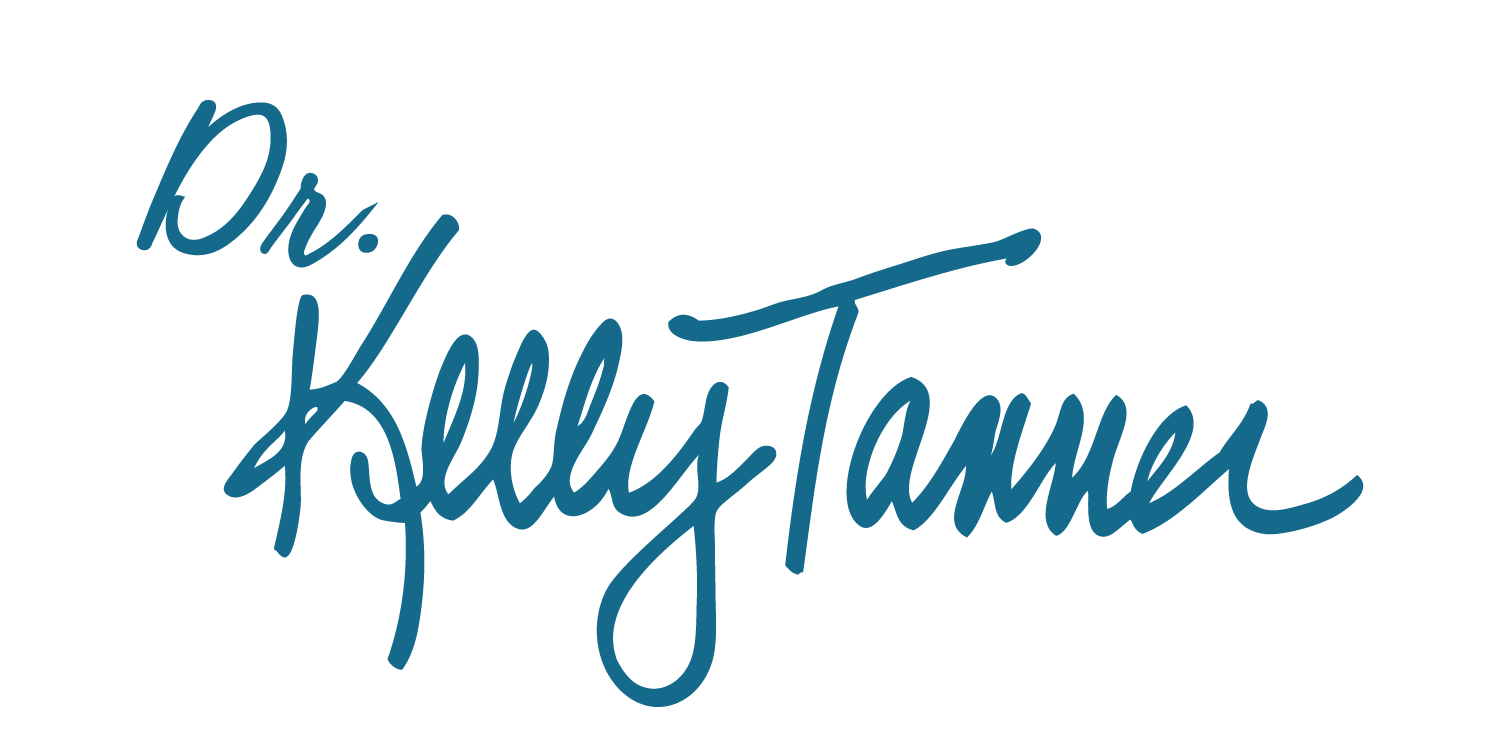The Importance of Dental Coding: Insights from Expert Kathy Forbes
Staying up-to-date with proper coding practices is crucial for both patient care and practice management. Dr. Kelly Tanner recently sat down with Kathy Forbes, a renowned expert in dental coding with over 50 years of experience, to discuss the importance of accurate coding and its impact on dental practices.
Why Dental Coding Matters
Dental coding is more than just an administrative task - it's a critical component of patient care and practice management. Here's why:
1. Accurate Patient Records: Proper coding ensures that a patient's electronic healthcare record is accurate and complete.
2. Legal and Ethical Compliance: As licensed healthcare providers, dental hygienists are responsible for coding procedures correctly to avoid potential fraud.
3. Improved Communication: Using the correct codes helps improve communication between dental professionals and insurance companies.
4. Better Patient Education: Understanding codes allows hygienists to explain procedures and their necessity to patients better.
Key Takeaways from Kathy Forbes
Hygienists Need to Take Ownership of Coding
Contrary to popular belief, coding shouldn't be left solely to the front office staff. Hygienists play a crucial role in determining the appropriate codes based on their clinical findings and the doctor's diagnosis.
The Importance of Knowing Code Descriptors
Forbes emphasizes the need for hygienists to understand code descriptors, not just the numbers. These descriptors provide crucial information about what each procedure entails and how it relates to the patient's treatment plan.
There's More Than One "Cleaning" Code
Forbes points out that there are actually seven different codes that hygienists can choose from for what's commonly referred to as a "cleaning." Selecting the correct code is crucial for accurate billing and patient records.
Stay Updated with Annual Changes
Dental codes are updated annually. Forbes recommends pre-ordering the new CDT manual each year and reviewing it as a team to stay current with any changes or additions.
Document Thoroughly
While some insurance companies may have specific requirements (like visible calculus on x-rays for scaling and root planing), Forbes emphasizes the importance of comprehensive documentation. This includes probing depths, clinical attachment levels, bleeding on probing, and digital photographs.
Action Steps for Dental Practices
1. Invest in Education: Ensure all team members, especially hygienists, receive proper training on dental coding.
2. Stay Current: Pre-order the latest CDT manual each year and review it as a team.
3. Improve Team Communication: Foster open communication between hygienists, dentists, and front office staff about coding practices.
4. Educate Patients: Help patients understand the value of necessary procedures, regardless of insurance coverage.
5. Document Thoroughly: Implement comprehensive documentation practices to support your coding decisions.
By prioritizing accurate dental coding, practices can improve patient care, ensure legal compliance, and optimize their operations. As Kathy Forbes reminds us, dental hygiene is a dynamic field with endless opportunities for growth and learning - and mastering dental coding is a crucial part of that journey.
Keywords: dental coding, Kathy Forbes, dental hygiene, CDT codes, dental insurance, practice management, periodontal maintenance, electronic health records, dental procedures, insurance claims, dental diagnosis, scaling and root planing, radiographic calculus, dental AI, continuing education for dental hygienists, dental team communication, dental insurance benefits, patient education in dentistry, dental photography, periodontal documentation

